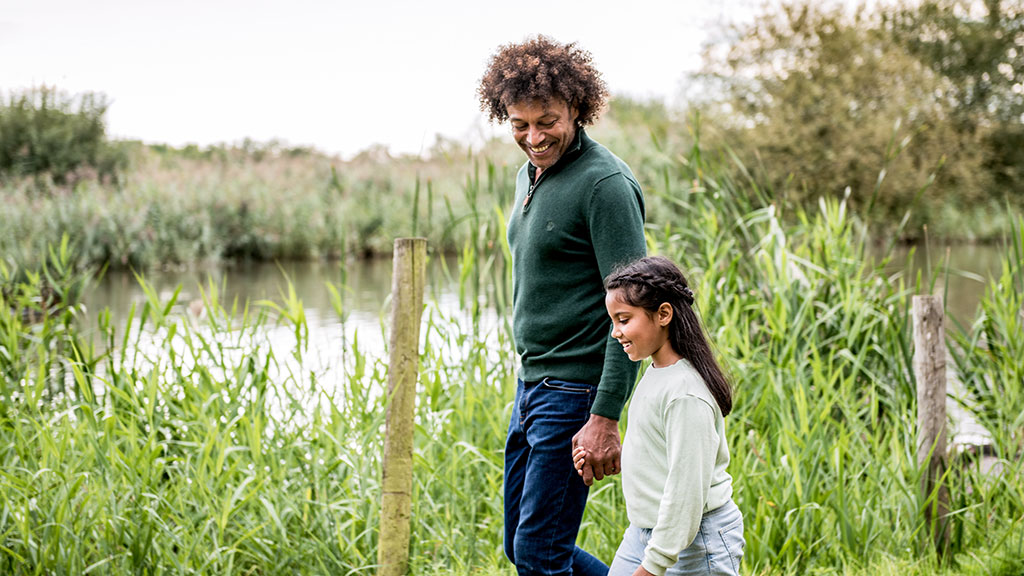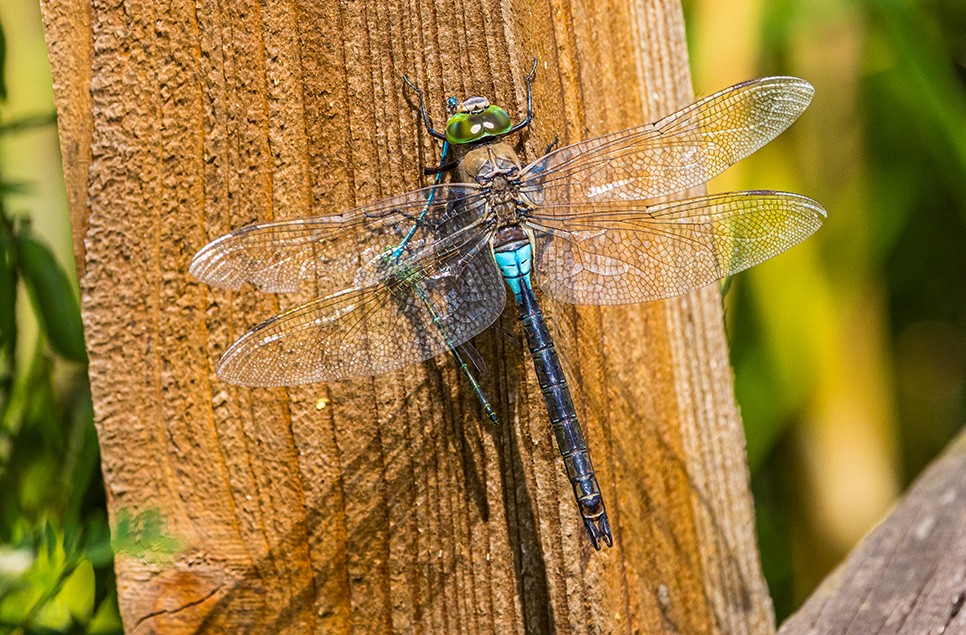Curlews fly free on Dartmoor as part of project to save iconic species
A project to re-introduce a thriving population of curlews on Dartmoor run by a partnership which includes the Wildfowl & Wetlands Trust has received a boost in its second year with the release of a group of new birds.
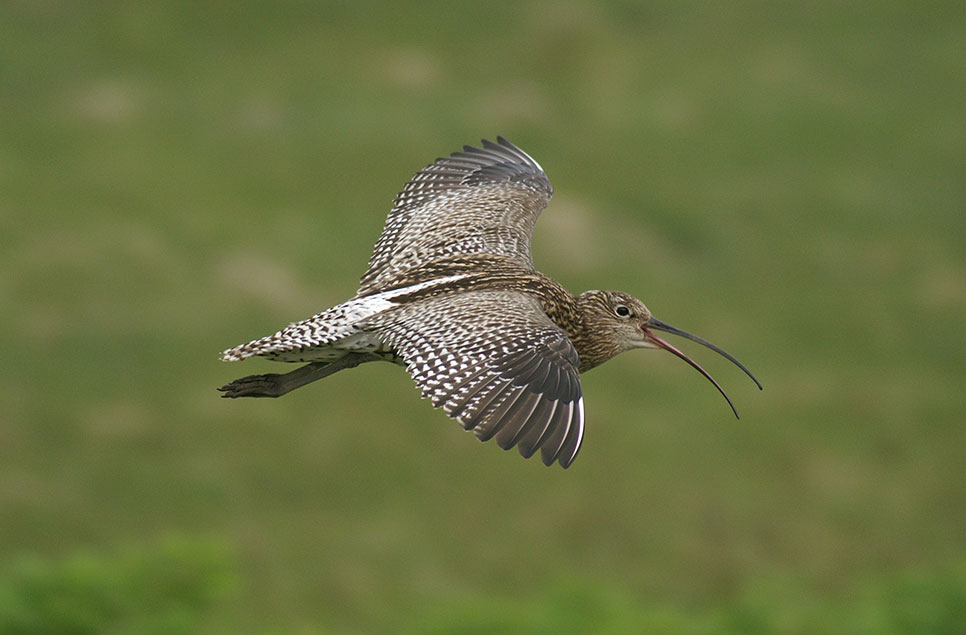
The 27 curlew were released within Dartmoor National Park this summer to join another 33 released in 2021 after eggs were collected by WWT with the help of Natural England from RAF bases in the east of England and carefully incubated at WWT Slimbridge. The project is funded by The Prince of Wales’s Charitable Foundation and the Duchy of Cornwall and run as a partnership with WWT, Dartmoor National Park, Natural England and the RSPB. The local farming community also plays a critical part.
Just before hatching, the eggs were taken to a facility on Dartmoor where the new curlew chicks were cared for in aviaries by specially trained WWT staff until they are old enough to fly and live independently. This is a technique known as head-starting.
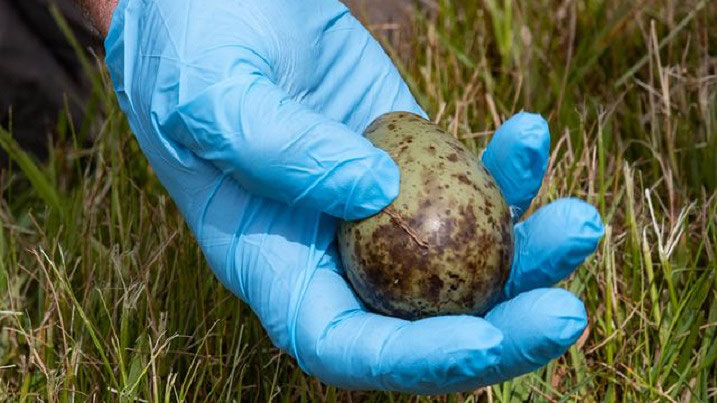
The birds were then released with the hope they will return to the same area to breed in future years and help to re-establish a curlew population in area.
Curlews are considered to be the most pressing bird conservation priority in the Country. The UK holds a quarter of the world’s population but in our changing landscapes they are increasingly unable to rear chicks so their population is rapidly declining – the number of breeding birds has dropped by about 65% since 1970. Over the past few decades, older birds have been dying off and there are few young birds to take their place, putting the whole species at risk.
The chief causes of the decline of curlew are predation of eggs and chicks and habitat change or loss. In some areas, large-scale landscape changes including forestry and drainage, have affected curlew and other ground-nesting waders. In addition, their main predators such as foxes and crows are thriving and require targeted control. Dartmoor has extensive areas of habitat suitable for curlew, although the project is working with farmers at a landscape scale to create further enhancements where needed such as scrape creation and additional targeted cattle grazing. The work benefits a wide range of moorland bird species.
Last year was the first year of the Dartmoor Curlew Recovery Project. Curlew numbers have been monitored in the area for years and this particular area was chosen for the release to bolster this native population.
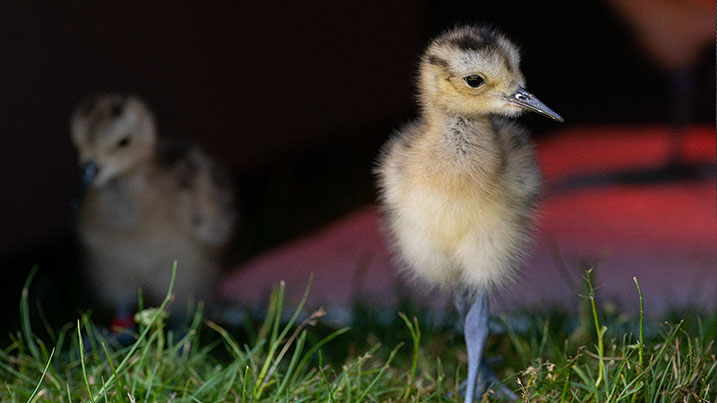
According to WWT’s Senior Project Manager Eric Heath, having at least one or two older “grandparent” birds in the area should encourage the new, younger birds to follow their pattern of behaviour and hopefully return to Dartmoor to breed.
“Curlew don’t usually breed for at least two years after they’ve hatched so we won’t know until next year if this strategy is working,” said Eric.
“But we want to give these iconic birds of the British countryside the best chance, we want to encourage them to breed in an area where we know there has previously been a thriving curlew population.
“At the same time, all we are doing is buying time by using the head-starting method so we and our partners are also working with local farmers and landowners to ensure the habitat is as “curlew friendly” as possible.”
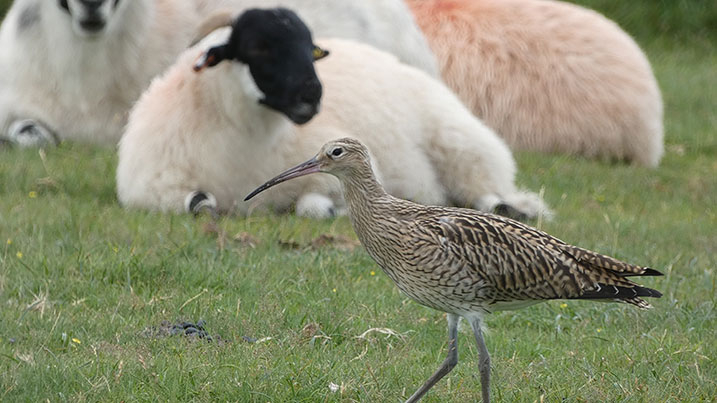
Tom Stratton, from the Duchy of Cornwall, added: “The role of farmers is critical to the success of the project and interest in the work and the desire to increase Dartmoor’s Curlew population has been excellent and much appreciated”
“The project is working with farmers, commoners and landowners to enhance habitat where needed and to recognise where existing habitat is suitable and just requires maintenance. Targeted predator control is also undertaken”.
“At a time of change in agricultural policy, the project provides a positive, tangible example of the strength that comes from partnership and highlights the important role of livestock farming and the knowledge held by farmers in areas such as Dartmoor.”
The Dartmoor Curlew Recovery project is being funded by HRH The Prince of Wales’ Charitable Foundation (PWCF) and the Duchy of Cornwall and being supported by Dartmoor National Park Authority (DNPA), the Wildfowl and Wetlands Trust (WWT), Natural England and the RSPB.
